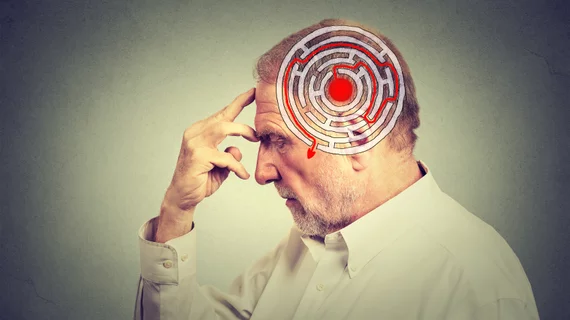Patients with ‘resolved’ AFib maintain elevated stroke risk
Atrial fibrillation (AFib) should never be considered fully cured, according to a recent study in The BMJ, because patients with this designation carry higher risks of stroke and death compared to people who have never had the arrhythmia.
This finding is especially relevant considering the more than 11,000 patients studied who had “resolved” AFib were one-fifth as likely to receive preventive anticoagulants as those with ongoing AFib. Anticoagulants have demonstrated the ability to reduce the risk of stroke by about two-thirds in the setting of AFib, the authors pointed out.
“In light of the evidence produced by this study, it is recommended that clinical guidelines and schemes designed to incentivize appropriate management of patients with atrial fibrillation are updated to promote continuation of anticoagulant prophylaxis in patients with resolved atrial fibrillation, or, alternatively, to deprecate continued use of this specious categorization,” wrote senior author Tom Marshall, MBChB, PhD, a professor of public health and primary care at the University of Birmingham, and colleagues.
The researchers studied more than 48,000 people from a database of general practices in the United Kingdom. They included three groups of adults, all of whom had no previous history of stroke or transient ischemic attack (TIA): those without AFib, those with AFib and those whose AFib was coded to have “resolved.” There were at least 11,000 members in each group.
As expected, patients with ongoing AFib had the greatest incidence of the primary endpoint (a combination of stroke and TIA), as well as mortality over the approximately three-year follow-up period. But compared to individuals who never had AFib, those whose arrhythmia was considered resolved had a 63 percent greater likelihood of suffering stroke or TIA after multivariable adjustment, and a 13 percent increased risk of death.
"Atrial fibrillation can be present one day and absent the next, so giving someone the all-clear may be a mistake,” Marshall said in a press release. “Another possibility is that it can come back. Many people don't know when they have this condition and it can come back without them or their doctor realizing.”
According to the authors, anticoagulant treatment rates in 2016 were 80 percent lower in patients with a diagnosis of resolved AFib than those with unresolved AFib.
"We have shown they are still at high risk of stroke and should still be treated,” Marshall said. “We cannot ever safely consider atrial fibrillation to have resolved."

